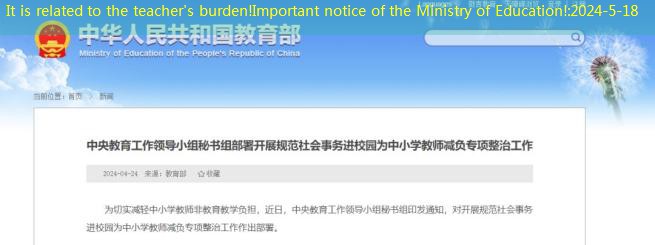Introduction:
In December 2005, a significant event took place that would pave the way for global environmental cooperation. After years of negotiations and international efforts, the Kyoto Protocol finally came into effect on December 1, 2005. This historic agreement aimed to combat the alarming issue of climate change by setting binding greenhouse gas reduction targets for developed countries. The implementation of the Kyoto Protocol marked a significant milestone in addressing the urgent need for collective action to mitigate the effects of global warming, symbolizing the global community’s commitment to protecting the future of our planet.
Description:
The implementation of the Kyoto Protocol brought together over 180 countries that had agreed to limit and reduce their emissions of greenhouse gases, primarily carbon dioxide. Developed nations committed to reducing their emissions by an average of 5.2% below 1990 levels during the period of 2008-2012. Each participating country was given specific reduction targets, and they were required to regularly report and monitor their progress.

The Kyoto Protocol’s success relied on the establishment of an innovative emissions trading system known as the Clean Development Mechanism (CDM). This mechanism allowed developed countries to meet a portion of their reduction obligations by investing in sustainable and eco-friendly projects in developing nations. This created a win-win scenario, promoting technological transfer and investment in developing countries while aiding developed nations in meeting their targets.
The entry into force of the Kyoto Protocol in December 2005 showcased a remarkable achievement in international diplomacy and cooperation. It served as a turning point in addressing climate change on a global scale and reflected the united effort to combat this pressing issue. The historical significance of this event cannot be understated, as it marked the first legally binding commitment by many developed nations to reduce their greenhouse gas emissions.
Despite its initial success, the Kyoto Protocol also faced challenges. Not all major polluting countries agreed to sign the agreement, and certain countries that did sign, such as the United States, later withdrew from it. Furthermore, the voluntary nature of the agreement for developing countries led to discrepancies in the level of commitment and actions taken by various nations.
In 2012, the second commitment period of the Kyoto Protocol commenced, further emphasizing the importance of ongoing efforts in combating climate change. However, the effects of the agreement have been limited as some major greenhouse gas emitters continue to emit at high levels without being bound by its targets.
Nonetheless, the implementation of the Kyoto Protocol in December 2005 represented a pivotal moment in the fight against climate change. It laid the foundation for subsequent environmental agreements and highlighted the pressing need for global cooperation and sustainable practices to safeguard the future of our planet.












